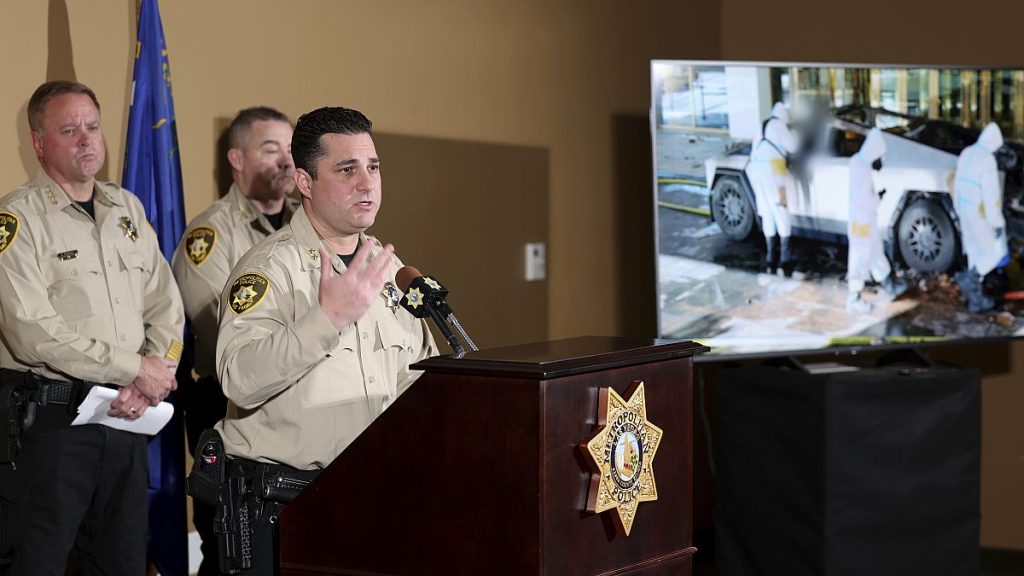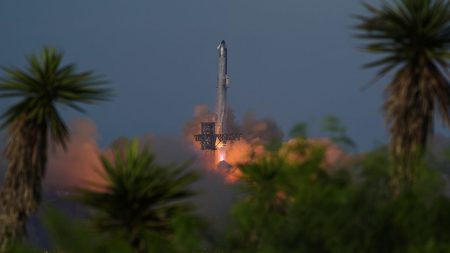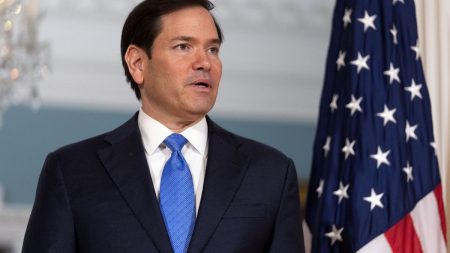The explosion of a Tesla Cybertruck outside the Trump International Hotel in Las Vegas, initially shrouded in mystery, has taken a disconcerting turn with the revelation that the perpetrator, Matthew Livelsberger, utilized generative artificial intelligence (AI), specifically ChatGPT, in planning the attack. This unprecedented use of AI in a domestic incident has raised alarm bells within law enforcement and sparked a broader conversation about the potential implications of readily accessible AI tools for malicious purposes. The incident marks a turning point in the relationship between technology and criminal activity, highlighting the need for greater understanding and proactive measures to mitigate the risks associated with AI misuse.
The investigation into Livelsberger’s actions revealed a troubling intersection of personal grievances, societal anxieties, and the readily accessible power of AI. While his motivations remain complex and multi-layered, the use of ChatGPT to research explosive targets, ammunition velocity, and the legality of fireworks paints a disturbing picture of how easily accessible AI tools can be exploited for nefarious purposes. Livelsberger’s writings, recovered after the incident, offered a glimpse into his troubled mindset, revealing a mix of political disillusionment, concerns about societal collapse, and a peculiar admiration for both Donald Trump and Elon Musk. This seemingly contradictory blend of despair and admiration underscores the complex psychological landscape that drove Livelsberger’s actions.
The Las Vegas Metropolitan Police Department, recognizing the groundbreaking nature of this case, has characterized the use of generative AI as a “game-changer” in criminal investigations. The fact that Livelsberger, with no apparent specialized technical expertise, was able to leverage ChatGPT to gather information relevant to his plan highlights the potential for AI to democratize access to potentially dangerous knowledge. This incident serves as a stark warning to law enforcement agencies across the country, prompting them to re-evaluate their investigative strategies and consider the evolving role of AI in facilitating criminal activities. The information sharing initiated by the Las Vegas police underscores the urgent need for a coordinated approach to address this emerging threat.
OpenAI, the developer of ChatGPT, has responded to the incident with a statement reaffirming their commitment to responsible use of their technology. They emphasized that ChatGPT is designed to refuse harmful instructions and that the information provided to Livelsberger was already publicly available online. While this response highlights the inherent limitations and safeguards built into ChatGPT, it also underscores the challenge of preventing determined individuals from exploiting readily available information, regardless of the platform. The incident raises critical questions about the ethical responsibilities of AI developers and the need for ongoing efforts to refine and strengthen safety protocols within AI systems.
The incident in Las Vegas raises broader concerns about the potential for dual-use of AI technologies. While generative AI holds immense promise for advancements in various fields, its accessibility also creates opportunities for misuse. This case underscores the delicate balance between fostering innovation and mitigating the risks associated with powerful technologies. It necessitates a multi-faceted approach involving collaboration between AI developers, law enforcement agencies, and policymakers to develop strategies for responsible AI development and deployment. The challenge lies in harnessing the transformative potential of AI while simultaneously safeguarding against its potential for harm.
The Livelsberger case serves as a wake-up call to the potential dangers of unregulated AI access and the need for proactive measures to prevent its misuse. The incident underscores the importance of ongoing dialogue between stakeholders, including AI developers, policymakers, and law enforcement, to establish ethical guidelines and regulatory frameworks that can effectively mitigate the risks associated with generative AI. As AI technologies continue to evolve and become increasingly accessible, it is crucial to develop strategies that promote responsible innovation while simultaneously protecting society from the potential for harm. The Las Vegas incident serves as a stark reminder that the misuse of AI is not a hypothetical future scenario but a present-day reality that demands immediate attention and proactive solutions.














